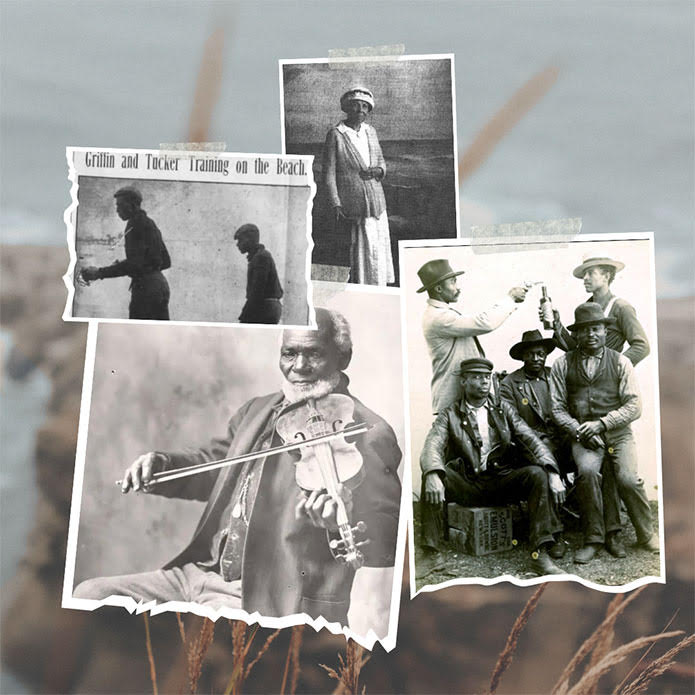Celebrating Black History Month on Oregon’s Adventure Coast: Coos Bay, North Bend, Charleston

As February approaches, so does Black History Month, a time dedicated to commemorating the invaluable contributions of Black Americans throughout history. While the Oregon Coast may not be the first place that comes to mind when discussing Black history, it has its own rich tapestry of stories and legacies that deserve recognition. Oregon’s Adventure Coast: Coos Bay, North Bend, Charleston may be known for its rugged beauty and pristine landscapes, but its history is also marked by people of African descent who have left a notable mark on our communities.
In 2021, our friends at the Oregon Coast Visitors Association (OCVA) had the opportunity to work with Zachary Stocks, Executive Director of the Oregon Black Pioneers, to collect stories about the Oregon Coast’s earliest Black residents and the challenges they overcame to create a life for themselves and their families. OCVA also published a 5-stop road trip for Black history seekers traveling the Oregon Coast written by Mr. Stocks, which includes these two stops in Coos County:
Coos History Museum

Coos Bay bears the burden of one of the worst documented cases of racial violence in our state’s history, during a time when Black residency was prohibited by the Oregon Constitution . On September 17, 1902, Alonzo Tucker, a Black boxer and gym owner from California, was arrested in Coos Bay (known as Marshfield at that time) for allegedly assaulting a white woman. A lynch mob formed, and despite Tucker’s escape attempt, he was shot and lynched. Over 300 unmasked individuals were present, but no one was ever arrested for Tucker’s murder.
Tucker’s alleged crime, often used to justify violence against Black men during 1900-1940, was later questioned by eyewitnesses in the 1970s. In February 2020, Coos Bay community members gathered at the lynching site to acknowledge this atrocity, collecting soil for the Equal Justice Initiative’s National Memorial for Peace and Justice . In June 2021, a historical marker recognizing Tucker’s lynching was installed at the Coos History Museum, urging reflection on Oregon’s dark past and the fight against racial injustice.

Beaver Hill (near Bandon & Coos Bay)

Did you know that a nearby mining town was once the most diverse town in Oregon? Beaver Hill was an old mining town, home to Oregon’s only large scale coal mining industry. At the height of the 1890’s, the operation depended on cheap labor, so they employed immigrants from all over. Black labor was especially sought out – but living and working conditions were poor, as were the wages. Despite these conditions, the town grew quickly around the mine, and boasted an integrated school, saloons, a post office, and a Southern Pacific Railway station. But by the 1920s, the coal had all been harvested and in 1926 the town was disincorporated, bringing an end to this brief era of diversity on the Oregon Coast. You can visit the old site of the Beaver Hill Mine and even go for a kayak ride to better understand this physical landscape, and pay tribute to its history. A state historical marker marks the spot where the town once stood.
Be sure to visit the Coos History Museum to learn more about Black history on Oregon’s Adventure Coast.
From artists and activists to educators and entrepreneurs, Black voices continue to shape and enrich our cultural landscape. This February, let us come together to honor the diversity, resilience, and legacy of Black Americans on the Oregon Coast.
